★★½
“Well short of Marvel-ous”
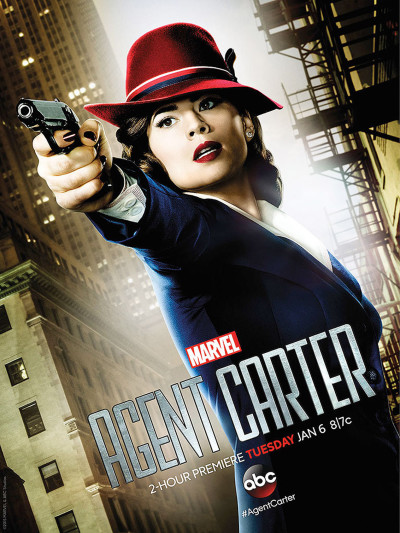 I read somewhere, that this was Marvel’s 20th media entry, between films, TV series, etc. and the very first to feature a female lead. To be blunt: it shows. Just because your series is set in the forties, does not mean it also has to perpetuate the attitudes of the time: the tagline for the teaser was “Sometimes the best man for the job…is a woman”, which is about four decades past its expiration date. Another example: right the way through to the end, the opening, “previously on” montage included a clip of Carter being told to answer the phones, even though it was entirely irrelevant to proceedings. But it does showcase the attitude present through the entire show, which felt almost apologetic about the entire concept. The series itself was basically a throwaway, feeling like a token gesture, given not even half of a regular order, being given a mere eight episodes to be shoe-horned into the schedules while Agents of SHIELD was on winter hiatus.
I read somewhere, that this was Marvel’s 20th media entry, between films, TV series, etc. and the very first to feature a female lead. To be blunt: it shows. Just because your series is set in the forties, does not mean it also has to perpetuate the attitudes of the time: the tagline for the teaser was “Sometimes the best man for the job…is a woman”, which is about four decades past its expiration date. Another example: right the way through to the end, the opening, “previously on” montage included a clip of Carter being told to answer the phones, even though it was entirely irrelevant to proceedings. But it does showcase the attitude present through the entire show, which felt almost apologetic about the entire concept. The series itself was basically a throwaway, feeling like a token gesture, given not even half of a regular order, being given a mere eight episodes to be shoe-horned into the schedules while Agents of SHIELD was on winter hiatus.
Given this short run, you’d think the makers would have wanted to trim all the excess fat off their storyline, especially since the period setting should free it up from the tiresome apparent need to tie all contemporary Marvel features into the same “universe”. Ah, but no. Instead, we get a lengthy thread, particularly in the first half of the series, focusing on Tony Stark’s dad, to the extent that Carter felt like a supporting player in her own show, just as she was in the Captain America films. Really, as someone who is not a “Marvel fan”, who can take or leave their product [The Avengers and Guardians of the Galaxy were both forgettably alright, and I bailed on Agents of SHIELD after a few episodes], I could give a damn. I was looking for a standalone story, not one that spent half its time apparently trying to tie itself to the apron-strings of other media entities. This may help explain why the show’s ratings plummeted, losing about 30% of its live audience by episode four.
That’s a bit of a shame, because it did actually improve over the second half. We got less of the “Hey, look! It’s a woman! In the forties! Doing stuff! Isn’t that just amazing!” attitude, and she actually got to investigate a genuine threat, rather than helping Stark’s butler bail his employer’s ass out. This uncovers a Soviet plot to train young girls as sleeper agents for embedding in the United States, which leads in turn to a plan to release a poisonous gas which induces murderous psychosis in those exposed to it, back in Times Square. This was much more interesting and entertaining, and it’s just a shame the show didn’t get there sooner, while the short order meant it ended abruptly thereafter, with nothing except a coda that I presume was some kind of inside reference. making sense to those familiar with the inhabitants of the Marvel universe. Which would not be me, so the only reaction it provoked was “It’s the Dream Lord from Doctor Who“, and I imagine that was not the intended effect.
The main reason to keep watching the show was Atwell, who fit the lead character like a white leather glove. She brought an immense degree of likeability to the role, and not having seen her in the Captain America films was not a problem at all. D’Arcy, as Stark’s manservant, Edwin Jarvis, also brought the right sense of outraged propriety to his role, and the pair had a decent quality of chemistry together, without the show needing to shoehorn in any unresolved sexual tensions. [Indeed, the lack of any real romantic interest for Carter was a plus, even if it was mostly because she was still pining for the missing Captain America] But beyond those two, and Bridget Regan as Dottie Underwood, a strong female antagonist, the supporting cast was largely forgettable. All the men with whom she worked at the SSR were basically interchangeable suits, and even Lyndsey Fonseca, who was Alexandra Udinov in Nikita, was given nothing much of significance to do in her role as a waitress who befriends Peggy.
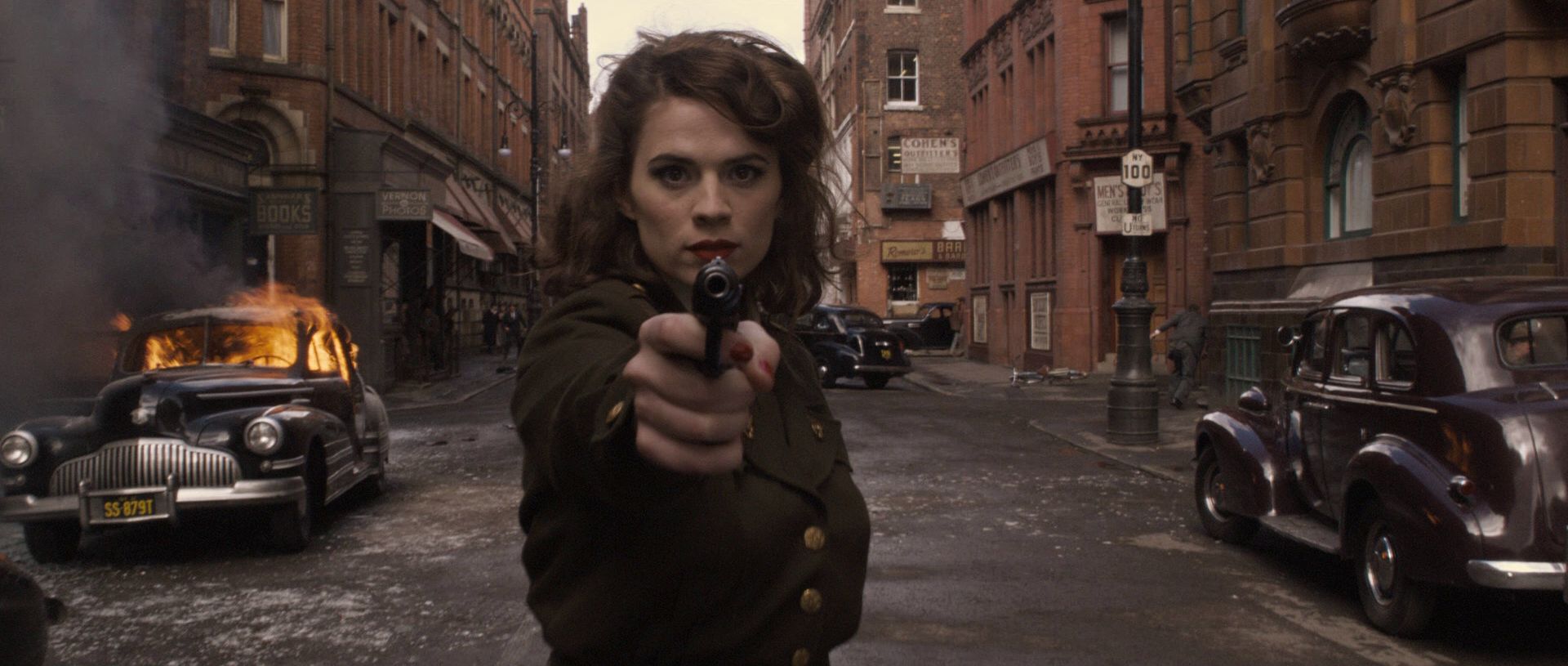 The action, as you’d expect, was also very solid: particular highlights I remember include an excellent brawl in a diner, and a thrilling chase aboard a truck loaded with an explosive chemical. Atwell more than held her own in this aspect, showing why her colleagues’ relentless and repetitively dismissive attitude of Agent Carter rang false. But whether there will be a second series or not remains in doubt, with ratings that were short of the show for which it was standing in. Despite not having enjoyed this one very much, I’m still pulling for it, because there’s a severe shortage of action heroines on television at the moment and luke-warm success is better than nothing at all. Though I desperately wanted to love this, I couldn’t, and can only hope for better from A.K.A. Jessica Jones, due to premiere on Netflix later this year. Perhaps Marvel will learn from the missteps here, and present us with a heroine truly worthy of the name.
The action, as you’d expect, was also very solid: particular highlights I remember include an excellent brawl in a diner, and a thrilling chase aboard a truck loaded with an explosive chemical. Atwell more than held her own in this aspect, showing why her colleagues’ relentless and repetitively dismissive attitude of Agent Carter rang false. But whether there will be a second series or not remains in doubt, with ratings that were short of the show for which it was standing in. Despite not having enjoyed this one very much, I’m still pulling for it, because there’s a severe shortage of action heroines on television at the moment and luke-warm success is better than nothing at all. Though I desperately wanted to love this, I couldn’t, and can only hope for better from A.K.A. Jessica Jones, due to premiere on Netflix later this year. Perhaps Marvel will learn from the missteps here, and present us with a heroine truly worthy of the name.
Star: Hayley Atwell, James D’Arcy, Chad Michael Murray, Enver Gjokaj















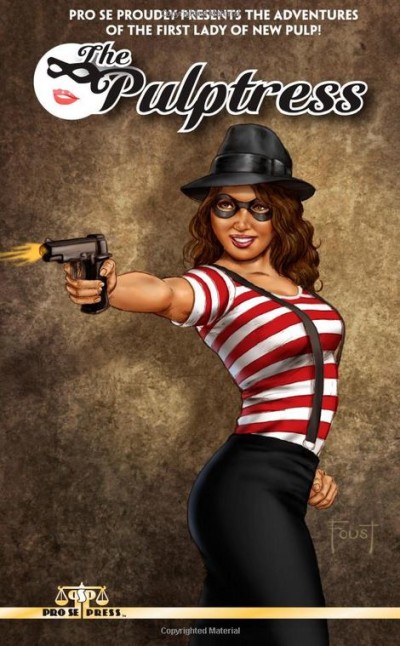
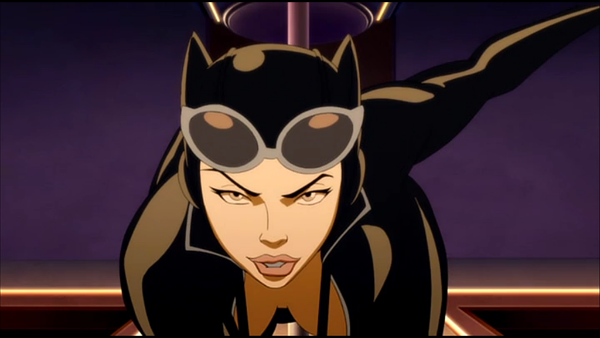 The character of Catwoman has had a mixed history over the years in other media than the printed page. TV has had the Julie Newmar & Eartha Kitt versions, a nod in Birds of Prey, and a teenage version of the character can be seen in the Gotham series which premiered last month. In film, we had Lee Meriwether in the sixties incarnation then, perhaps most famously of all, Michelle Pfeiffer in Batman Returns [albeit only after Annette Bening, Nicole Kidman and Demi Moore all were linked to the part]. Then, there was Halle Berry’s Catwoman, still talked about in hushed tones as perhaps the worst comic-book adaptation of all time, and which arguably did more damage to action heroines than any other big-budget movie in history. Despite the massive success of the Batman reboot, it took eight years before the character would appear in another film, Anne Hathaway playing Selina Kyle in The Dark Knight Rises.
The character of Catwoman has had a mixed history over the years in other media than the printed page. TV has had the Julie Newmar & Eartha Kitt versions, a nod in Birds of Prey, and a teenage version of the character can be seen in the Gotham series which premiered last month. In film, we had Lee Meriwether in the sixties incarnation then, perhaps most famously of all, Michelle Pfeiffer in Batman Returns [albeit only after Annette Bening, Nicole Kidman and Demi Moore all were linked to the part]. Then, there was Halle Berry’s Catwoman, still talked about in hushed tones as perhaps the worst comic-book adaptation of all time, and which arguably did more damage to action heroines than any other big-budget movie in history. Despite the massive success of the Batman reboot, it took eight years before the character would appear in another film, Anne Hathaway playing Selina Kyle in The Dark Knight Rises.
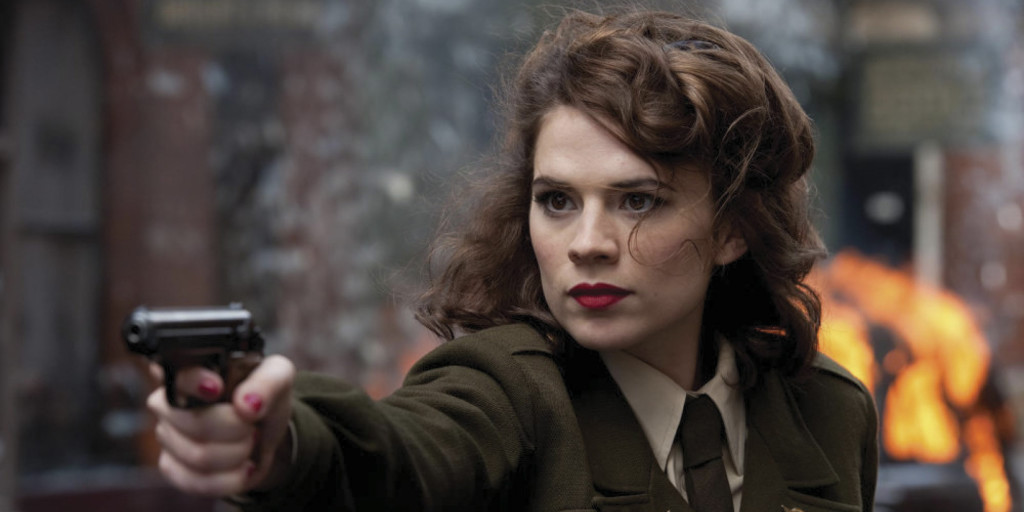 Somewhat following up on the news from February that
Somewhat following up on the news from February that 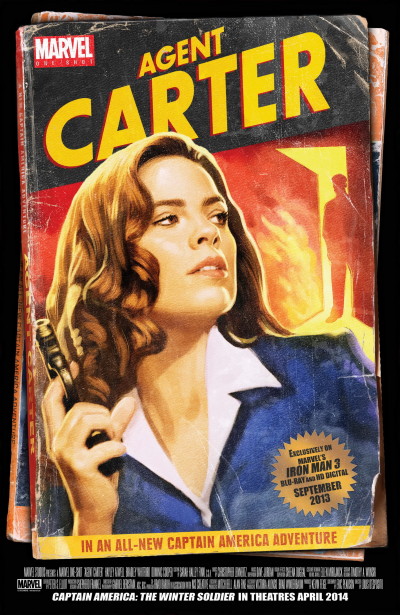 It’s largely inspired by the Marvel One-Shot: Agent Carter short film, included as a bonus feature on the home release of Iron Man 3, though as the blurb notes, Carter also played a significant role in the two Captain America films. But her character dates all the way back to May 1966 (making her virtually the same age as me!), first appearing in Tales of Suspense #77. In her comic incarnation, Carter joined the French Resistance, fighting alongside Captain American and falling in love with him, before suffering amnesia and being sent home.
It’s largely inspired by the Marvel One-Shot: Agent Carter short film, included as a bonus feature on the home release of Iron Man 3, though as the blurb notes, Carter also played a significant role in the two Captain America films. But her character dates all the way back to May 1966 (making her virtually the same age as me!), first appearing in Tales of Suspense #77. In her comic incarnation, Carter joined the French Resistance, fighting alongside Captain American and falling in love with him, before suffering amnesia and being sent home.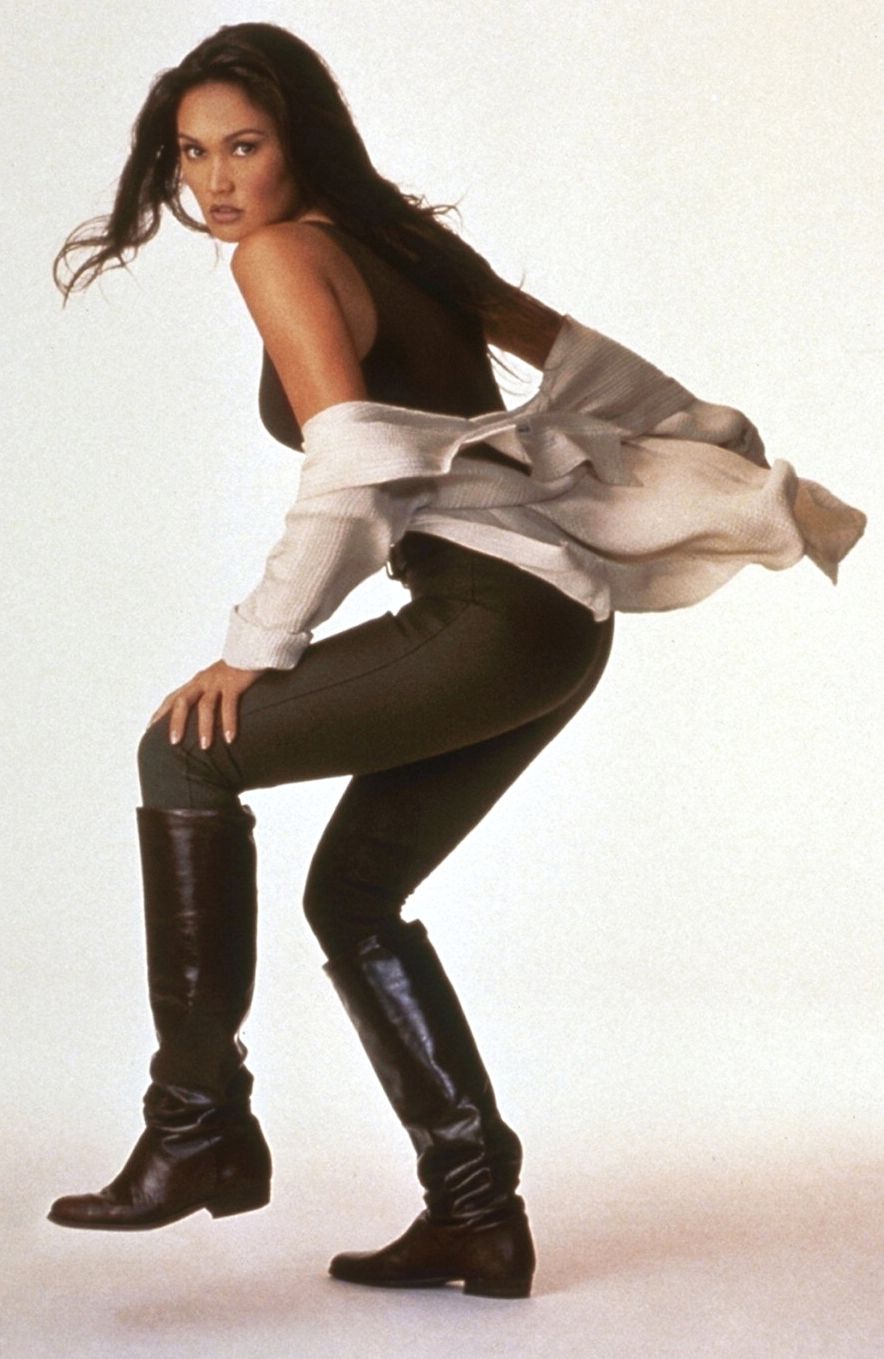
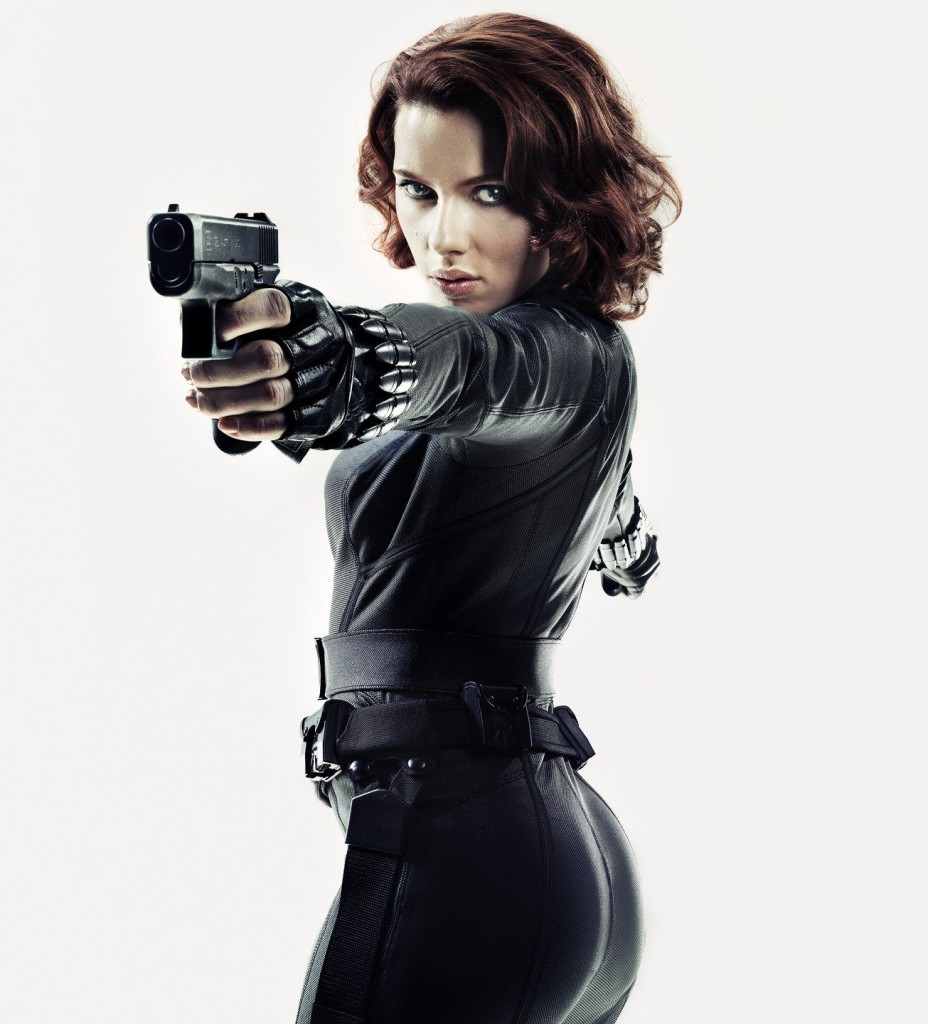
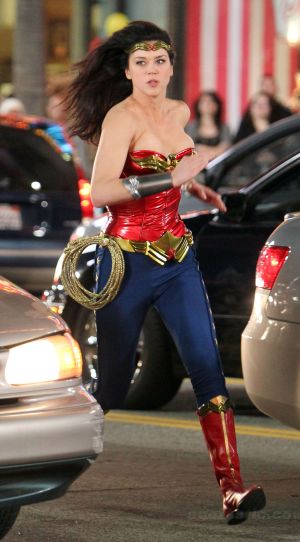 Allowing for the fact this was more or less a rough-cut – you can still see the wires as the heroine throws villains around – this actually is far from the atrocity you expect, going from the pre-production fan loathing. The story avoid the whole “origins” thing, hitting the ground running by having Wonder Woman/Diana Prince (Palicki) already fully-active, and busting crime around Los Angeles. Her extra-legal activities, with the local cops’ complicity, bring her to the attention of the federal authorities. Meanwhile, she’s tussling with the board of her company over the merchandise that funds her crime-fighting, objecting to the size of the tits on her action-figure – and, yes, they actually say “tits”, to my surprise. Finally, the villainess (Hurley) is performing illegal medical experiments with steroids and such, to create super-soldiers, and it’s up to Wonder Woman, her plane (wisely, no longer invisible), bullet-deflecting bracelets and lasso which may or may not be of truth (it’s unclear from this episode) to stop her.
Allowing for the fact this was more or less a rough-cut – you can still see the wires as the heroine throws villains around – this actually is far from the atrocity you expect, going from the pre-production fan loathing. The story avoid the whole “origins” thing, hitting the ground running by having Wonder Woman/Diana Prince (Palicki) already fully-active, and busting crime around Los Angeles. Her extra-legal activities, with the local cops’ complicity, bring her to the attention of the federal authorities. Meanwhile, she’s tussling with the board of her company over the merchandise that funds her crime-fighting, objecting to the size of the tits on her action-figure – and, yes, they actually say “tits”, to my surprise. Finally, the villainess (Hurley) is performing illegal medical experiments with steroids and such, to create super-soldiers, and it’s up to Wonder Woman, her plane (wisely, no longer invisible), bullet-deflecting bracelets and lasso which may or may not be of truth (it’s unclear from this episode) to stop her.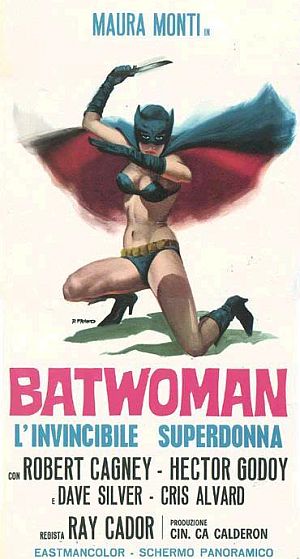 Someone is abducting wrestlers, extracting serum from their pineal glands and dumping the bodies in the ocean, at various locations around the world. Most recently, Acapulco. Investigating the crime is Batwoman (Monti), a rich socialite who has a masked alter-ego that fight crime. Oh, and is also a pro wrestler. Which makes her ideal for this case, since she can hang around the gym and check out suspicious characters, while working on moves with her fellow luchadorettes [Not a real word, but I like it]. Who is involved? The blind lottery ticket salesman? The chief of police? Or Dr. Williams (Cañedo), who won’t let anyone on to his ship, which is called Reptilicus, by tha way, and who possesses a sidekick called Igor? Go on, take a wild stab in the dark…
Someone is abducting wrestlers, extracting serum from their pineal glands and dumping the bodies in the ocean, at various locations around the world. Most recently, Acapulco. Investigating the crime is Batwoman (Monti), a rich socialite who has a masked alter-ego that fight crime. Oh, and is also a pro wrestler. Which makes her ideal for this case, since she can hang around the gym and check out suspicious characters, while working on moves with her fellow luchadorettes [Not a real word, but I like it]. Who is involved? The blind lottery ticket salesman? The chief of police? Or Dr. Williams (Cañedo), who won’t let anyone on to his ship, which is called Reptilicus, by tha way, and who possesses a sidekick called Igor? Go on, take a wild stab in the dark…
 This is probably a borderline Girls With Guns flick, but Angelina Jolie is the nearest thing we have to a legitimated action-heroine superstar: Lara Croft, Mr. and Mrs. Smith and now this, where her character, the uber-assassin Fox, is certainly the most interesting in the film. Office drone Wesley (McAvoy) discovers his true heritage is in The Fraternity, a group of killers who surgically remove bad elements from society, as their names come up encoded in a cloth woven by a mystical loom. However, one of their number has gone rogue, and Cross (Kretschmann) is now taking out his former colleagues, one by one. Recruiting, training and using Wesley, is the only hope they have to stop the renegade.
This is probably a borderline Girls With Guns flick, but Angelina Jolie is the nearest thing we have to a legitimated action-heroine superstar: Lara Croft, Mr. and Mrs. Smith and now this, where her character, the uber-assassin Fox, is certainly the most interesting in the film. Office drone Wesley (McAvoy) discovers his true heritage is in The Fraternity, a group of killers who surgically remove bad elements from society, as their names come up encoded in a cloth woven by a mystical loom. However, one of their number has gone rogue, and Cross (Kretschmann) is now taking out his former colleagues, one by one. Recruiting, training and using Wesley, is the only hope they have to stop the renegade.